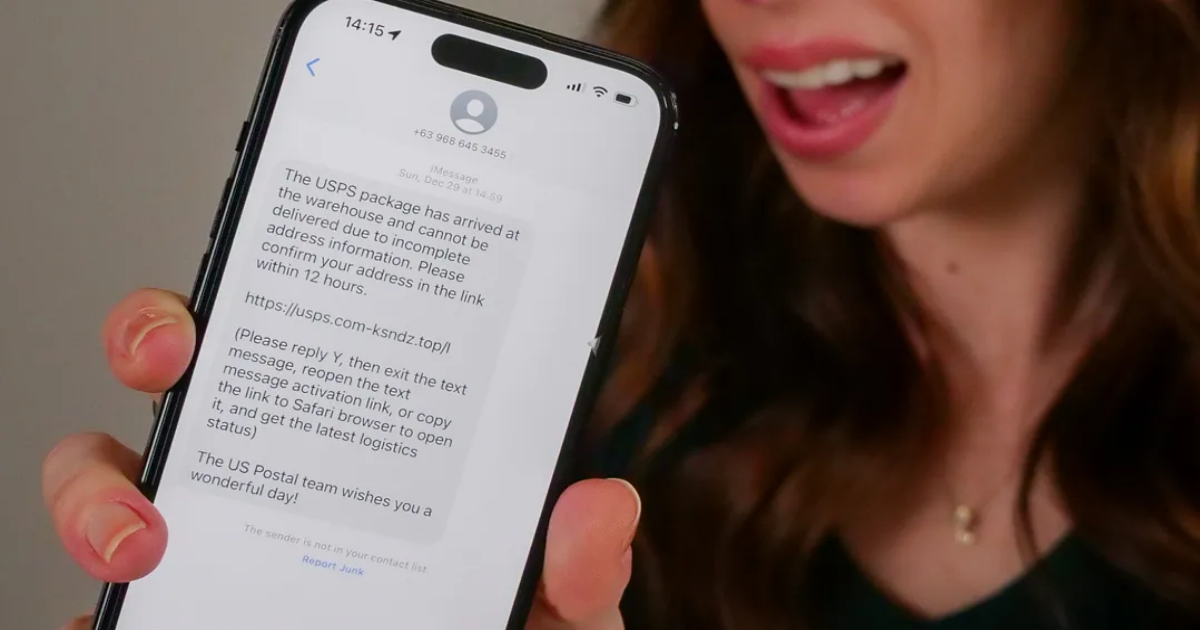
The Washington State Department of Transportation warns that scammers are trying to fool motorists into paying fake road tolls.
WSDOT tolls notices that come via text are a scam
WSDOT said in an X post that the scam involves text messages impersonating the Good To Go! toll collection program and claiming users need to settle their outstanding account balances by a certain date or face legal action.
These texts include a link to a fraudulent website and are not legitimate, WSDOT said. It urged people who get the scam texts to ignore them.
“SCAM ALERT: We’re aware of texts claiming to be from Good To Go! and saying it’s a final reminder,” the Good To Go! website states. “These are from scammers, you don’t need to call us and should delete the text. We do not send texts asking for payments.”
The scam is a form of smishing that’s been spreading across the country, according to an alert issued by the FBI in 2024.
Here’s more on smishing and where Washington motorists should go to check their Good To Go! accounts:
Where should Good To Go! users go to check their bills?
The WSDOT said motorists should visit MyGoodToGo.com to check their accounts and bills.
What is smishing and phishing?
The word itself is a play on SMS, or short message service, and phishing.
Smishing is an attack using fake text messages to “trick people into downloading malware, sharing sensitive information, or sending money to cybercriminals,” according to the FBI. Phishing generally refers to attacks on the internet, email or websites that gets people to disclose sensitive or personal information, according to the FBI and the National Institute of Standards and Technology.
Smishing messages often appear to be from a legitimate source like a company or government agency and may have urgent language in an attempt to get people to act quickly — and to their detriment — according to online protection company McAfee.
Smishing could lead to identity theft, credit card fraud and stolen bank information, according to California Polytechnic State University, San Luis Obispo.
What should I do if I receive a possible scam text?
If you receive a possible scam text:
- Don’t click on the link
- File a complaint with the FBI, the Federal Trade Commission or the state attorney general’s office and include the phone number from where the text originated and the website listed in the text
- Delete any scam texts received
- Check your account using the toll service’s legitimate website
- Secure your personal information and financial accounts if you click on a fraudulent link or provide your information and dispute any unfamiliar charges
Contributing: Paris Barraza, Wes Woods II, USA TODAY Network
